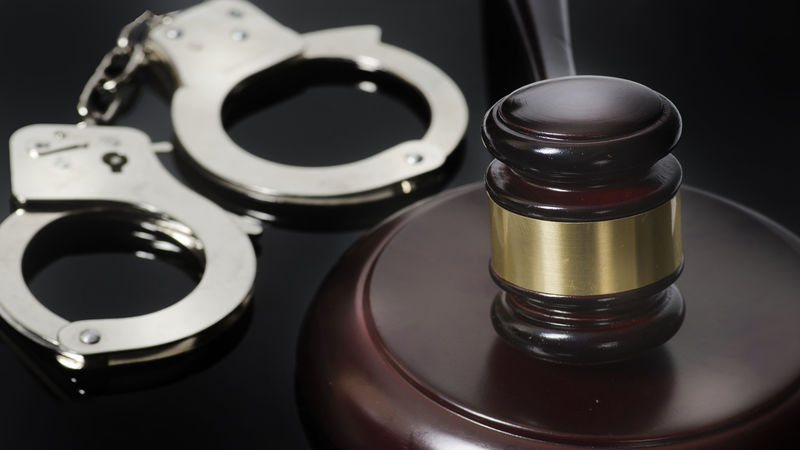No one likes the idea of having to file for bankruptcy protection. Even after the hurdle of making an appointment with a lawyer is cleared, there’s the matter of determining which type of personal bankruptcy in Marietta, GA is the best choice. Fortunately, the attorney can provide all the information needed to make the most practical decision.
Passing the Means Test
Before proceeding, the client will have to pass what is known as the means test designed to determine if their situation is severe enough to merit a bankruptcy filing. People with few assets, a lot of debt, and an annual income under a certain amount will qualify easily. Even those who have some assets and a higher income are likely to apply if the circumstances are right. Once the means test is passed, it’s time to talk about the different approaches to personal bankruptcy in Marietta, GA.
What Type of Debt Is Involved?
The type of debt that the client carries will play a major role in determining which approach to bankruptcy is best. The key is determining if the court would classify any of the debt as priority. Priority debts include things like back taxes, student loans, and child support. These are debts that can rarely be discharged in a chapter 7 bankruptcy action. Even so, expect the attorney to scrutinize the status of those priority debts closely and determine if they do meet the narrow criteria necessary to be eligible for dismissal.
If the client owes mainly credit card debt and outstanding balances on loans, then a chapter 7 bankruptcy is worth considering. The process may involve handing over assets the court deems eligible for sale and using the proceeds to settle part of the debt. Once that’s done, the remainder is discharged in a matter of months.
Clients with a lot of priority debt will find that a chapter 13 is best. With this arrangement, debts are repaid through the court. A fixed amount must be paid to the court every month for a period of three to five years. Priority debts are settled first, then at least a portion of any other debt is settled. At the end of the bankruptcy period, the remaining balance is discharged.

